The Struggle Between Oncology Care Cost and Value
Additional factors that contribute to rising cancer care costs include the aging population, astronomical increases in pharmaceutical costs, increasingly complex multimodality care, and advances in surgical and radiotherapeutic technology. Costs are further inflated through non–value-added care delivery mismatches, and increasingly expensive end-of-life care. As a result, the National Cancer Institute projects that cancer care costs will increase by 27% between 2010 and 2020, rising to an estimated $158 billion annually.1 The implications of these rising costs are beyond societal—they have an increasingly personal impact on patients. The rising burden of cancer care costs shouldered by patients and their families has led to the coining of the term “patient financial toxicity.”2
The tension between controlling rapidly-growing cancer care costs and the need to enhance oncology valuedelivery has, therefore, been escalating. Numerous stakeholders, including patients, families, physicians, payers, managed care plans, pharmacy benefits managers, employers, and the government, are deeply invested in trying to navigate this conundrum. Each has a unique perspective that may not be fully informed by that of the other stakeholders, and the task is rendered all the more difficult by 3 key factors:
- The standard of care for treating patients with cancer is a rapidly moving target.
- There is no clear consensus on what constitutes value in cancer care.
- Information is siloed and frequently inaccessible; as such existing metrics for cancer care performance and patient outcomes are very poor indicators of actual value delivery.
Continue Reading on AJMC >>
